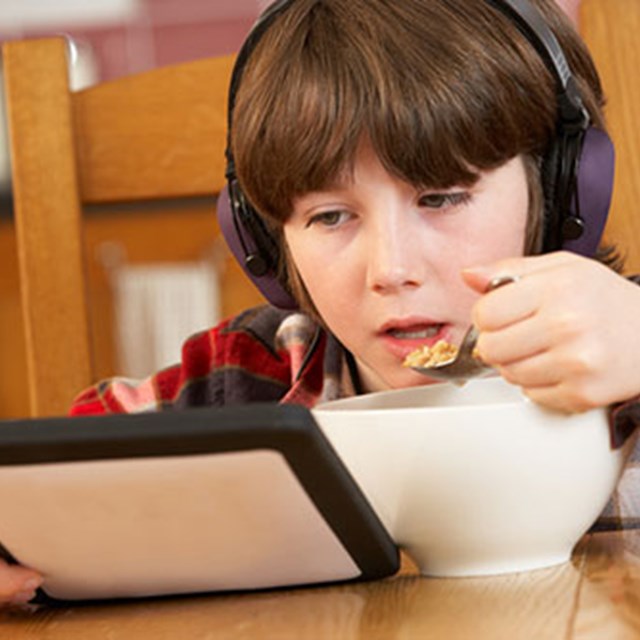
Bad habits in childhood are usually actions or behaviors repeated over and over, most often to help soothe a child when they feel anxious or uncomfortable. Most children aren’t aware they are doing the bad habit, and bad habits can be picked up at any time for a variety of reasons. The most common bad habits seen in children include nail biting, nose picking, hair twirling, thumb sucking, teeth grinding, lip biting or licking, or excessive screen time. More serious bad habits include lying, hitting, and biting.
If you notice your child has picked up a bad habit, it’s best for parents to move quickly to help curb the negative behavior. Here are a few ways parents and caregivers can support their children in overcoming a bad habit:
- Accept the bad habit and identify just how ‘bad’ it is. The first thing parents and caregivers can do is acknowledge that something has become a habit, and then look at it objectively. How bad is it? Does it harm others? Does it impact their health or safety? Once you have assessed what you’re dealing with, make a mental commitment to work with your child in stopping a habit. Bad habits can’t be stopped with force, so parents should focus more on offering understanding and support.
- Identify the triggers. Work towards figuring out why your child has picked up their bad habit. Is it a way of easing anxiety or stress? Thumb sucking and hair twirling are is a common ways for children to self-soothe. Is it because your child is bored? Boredom is often the culprit for nail-biters. Try to figure out what happens before your child’s bad habit begins, and then you can work to decrease the number of triggers in your child’s day. Identifying the bad habit triggers also allows you to bring your child into the conversation: “I notice when you’re feeling nervous, you start to twirl your hair. Have you ever noticed that?”
- Provide an alternative. Helping your child realize what they’re doing and why they might be doing it is a big step in stopping a bad habit. But after helping them understand why it shouldn’t be done, provide them with an alternative. If your child reaches for their thumb at bedtime, offer to hold their hand until they fall asleep instead. For children who tend to bite their nails while watching TV, hand them a stress ball to squeeze or a sensory toy to keep their hands busy. It is much easier for parents and caregivers to replace a bad habit with a better habit than stopping it altogether.
- Be gentle and patient. When you catch your child slipping into their bad habit, be gentle in how you remind them to stop. Constant verbal nagging can be counterproductive and produce feelings of shame in children. Try to give them a subtle reminder, maybe even with a special signal, and trust that breaking a bad habit will take many loving corrections and redirections from a trusted parent or caregiver. Be patient as they work through their bad habit and remember that yelling or punishing your child is not generally successful at curbing bad habits. Lastly, if your child has more than one bad habit you would like to break, focus on one at a time instead of correcting everything all at once.
- Praise and reward. Take notice of the times your child resists their bad habit on their own. When they manage to work through it on their own, offer lots of praise and positive reinforcement. For many children, a reward system is also a good way to stay motivated in kicking their bad habit. For preschool age children, something like a sticker chart marking each day’s success is a good idea. For older children, a bigger reward for a week without their bad habit may be just the extra motivation they need.
It should always be the role of parents and caregivers to support their children in overcoming or managing bad habits, never to outright shame or force them into breaking a habit. Shaming a child will almost always backfire. Parents should plan on being flexible and attentive and not expect a quick or easy fix. With dedicated guidance and time, however, many bad childhood bad habits fall by the wayside.
For more information on childhood bad habits and when they could indicate more serious issues, visit www.healthychildren.org and www.kidshealth.org.

